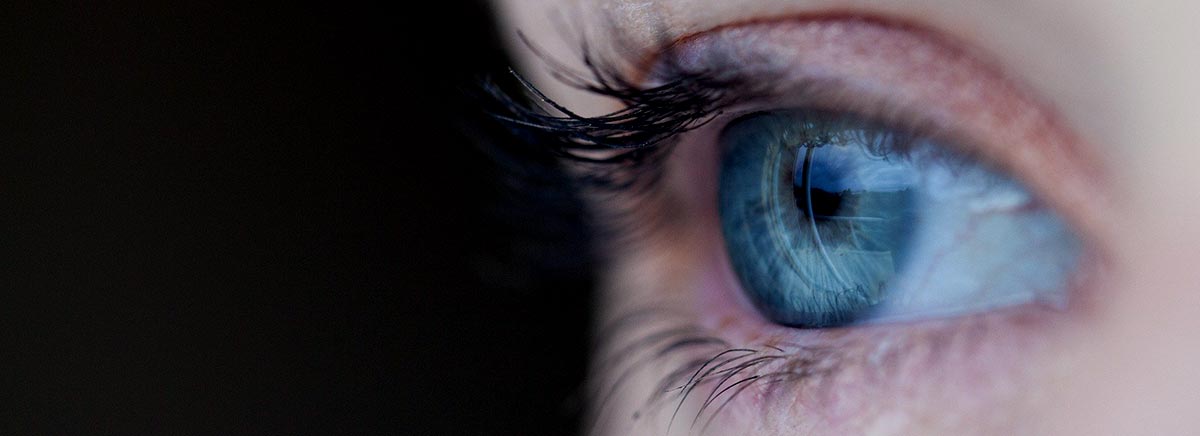How does the eye work? Regardless of their color, our eyes are remarkable mechanisms, functioning much like intricate cameras. They capture images by utilizing light that reflects off objects; without light, vision is impossible. Let's delve into the fascinating process of how our eyes transform light into the vivid images we perceive daily.
The visual process begins when light enters the eye through the cornea, the transparent, dome-shaped surface covering the front of the eye. Acting as the eye's primary lens, the cornea bends (refracts) the incoming light, directing it toward the pupil—the dark, central opening in the colored part of the eye known as the iris. The iris adjusts the size of the pupil to regulate the amount of light entering the eye, contracting in bright conditions and dilating in dim lighting. This dynamic adjustment ensures optimal light intake for clear vision.
Focusing the Image: The Role of the Lens
After passing through the pupil, light reaches the eye's natural crystalline lens. This flexible, transparent structure fine-tunes the focus by changing its shape—a process called accommodation. By altering its curvature, the lens ensures that light rays converge precisely on the retina, the light-sensitive layer lining the back of the eye. This precise focusing is crucial for producing a sharp image of the observed object.
Capturing the Image: The Retina's Function
Once focused, light travels through the vitreous humor—a clear, gel-like substance filling the eye's interior—before reaching the retina. The retina contains millions of photoreceptor cells, namely rods and cones, which detect light and convert it into electrical signals. Rods are highly sensitive to low light levels and are essential for night vision, while cones require brighter light and enable the perception of color and fine detail. This intricate arrangement allows us to see in a variety of lighting conditions and to appreciate the rich spectrum of colors in our environment.
Transmitting Visual Information: The Optic Nerve
The electrical signals generated by the photoreceptors are collected by retinal ganglion cells, whose axons form the optic nerve. This nerve acts as a communication cable, transmitting visual information from the retina to the brain. Interestingly, the image projected onto the retina is inverted—flipped upside down and reversed left to right. It's the brain's job to process these signals and reconstruct the image in its correct orientation, allowing us to perceive the world accurately.
The Brain's Role: Interpreting Visual Signals
Upon reaching the brain, specifically the visual cortex located in the occipital lobe, the electrical impulses undergo complex processing. The brain interprets various aspects of the visual information, such as color, depth, motion, and form, integrating them to produce the cohesive images we consciously experience. This seamless collaboration between the eyes and the brain enables us to navigate and interact with our surroundings effectively.
Recent Insights: Advances in Understanding Vision
Modern research continues to shed light on the complexities of human vision. For instance, a study published in December 2024 revealed that DNA damage, a hallmark of aging, compromises retinal function and accelerates vision loss. This finding suggests that targeting specific retinal cell types could lead to treatments that slow or halt the progression of age-related visual decline. Additionally, advancements in brain imaging and computing are revolutionizing our understanding of how the brain 'sees,' offering potential avenues for restoring vision in individuals with visual impairments. These developments underscore the dynamic and evolving nature of vision science, promising new interventions to preserve and enhance sight.
The human eye is a testament to the elegance of biological design, working in concert with the brain to transform light into the rich tapestry of images that define our visual experience. From the initial entry of light through the cornea to the intricate processing within the brain, each step in the visual pathway is essential for clear and accurate vision. Ongoing scientific research continues to deepen our understanding of this complex process, paving the way for innovative treatments to address visual disorders and preserve the gift of sight.













